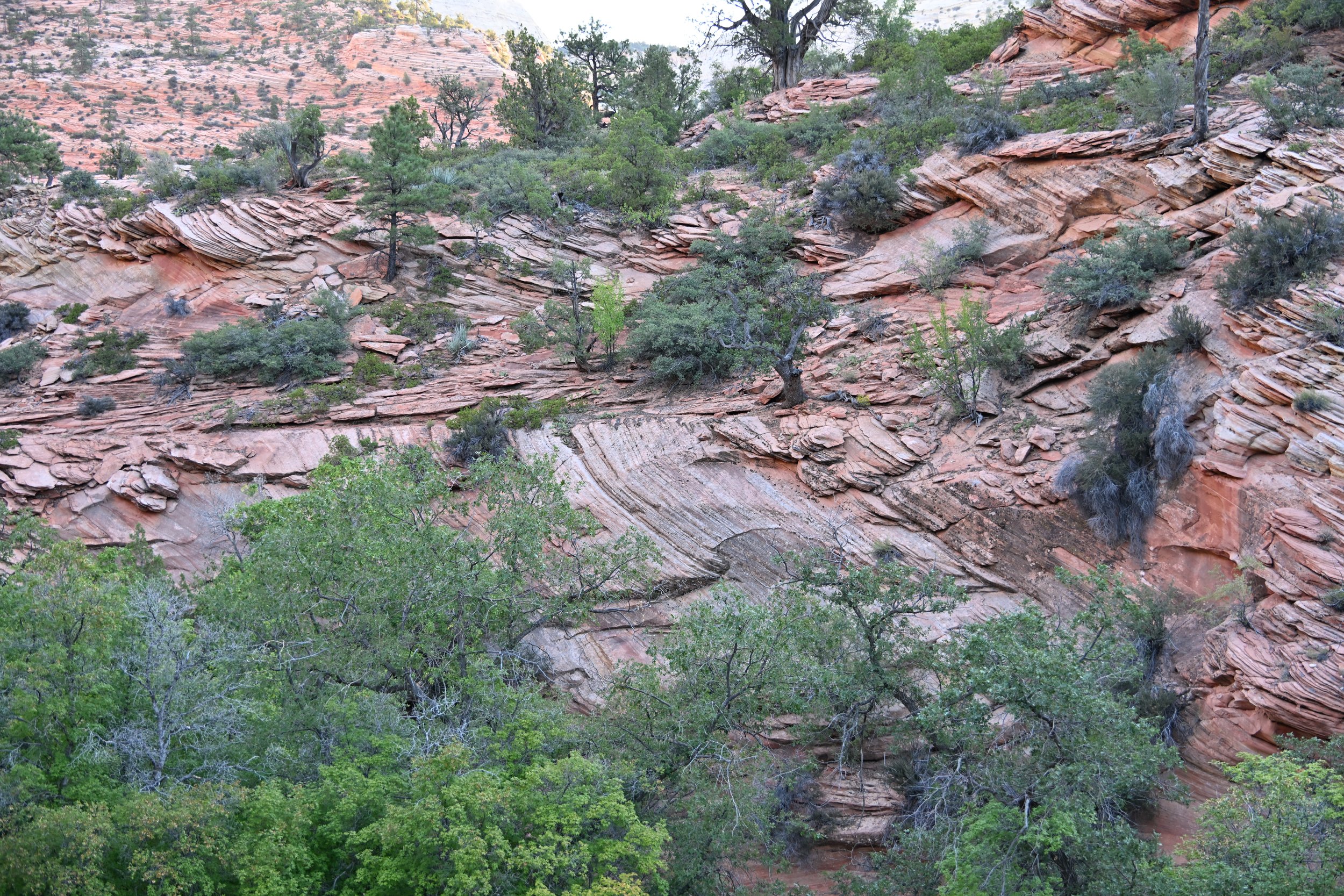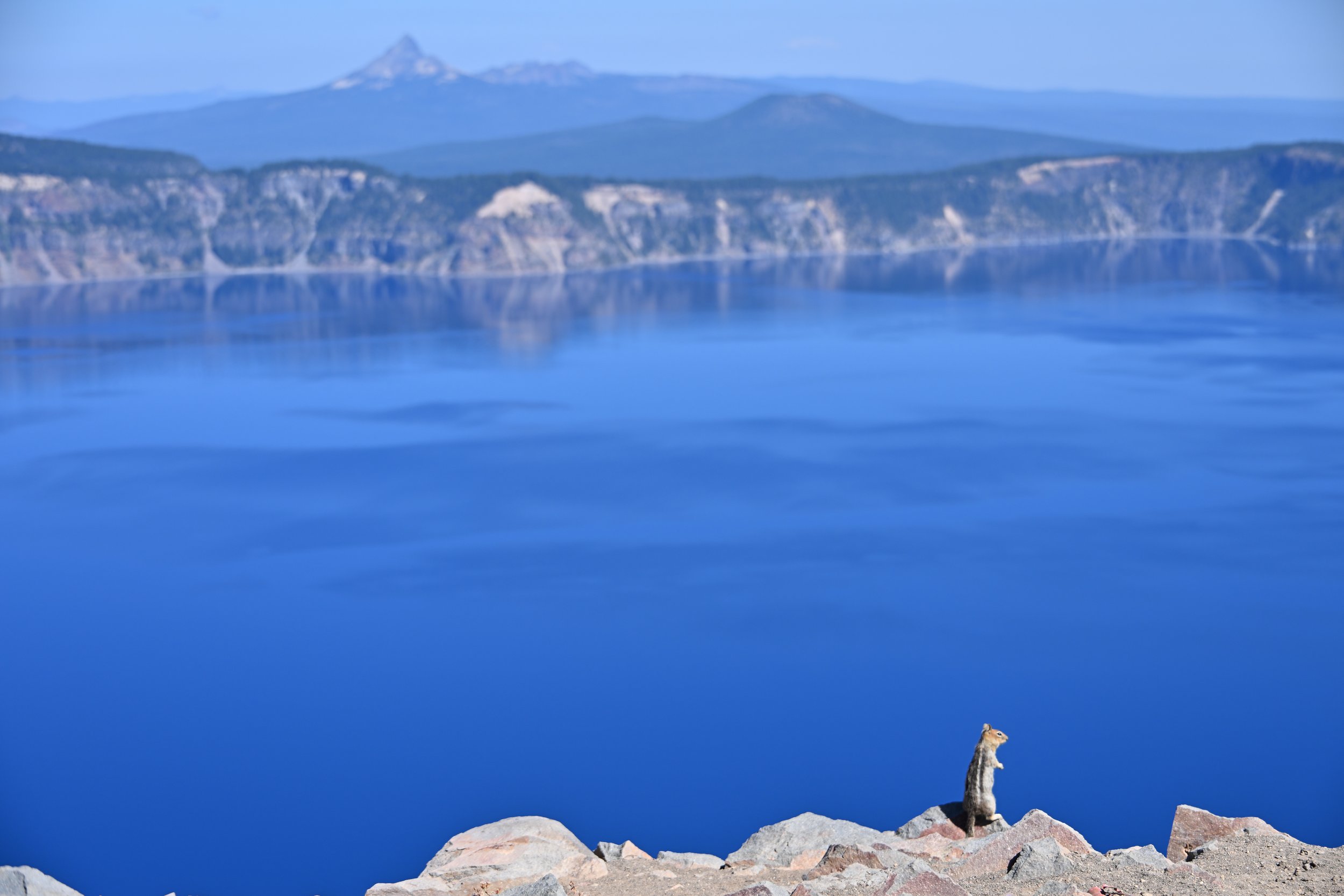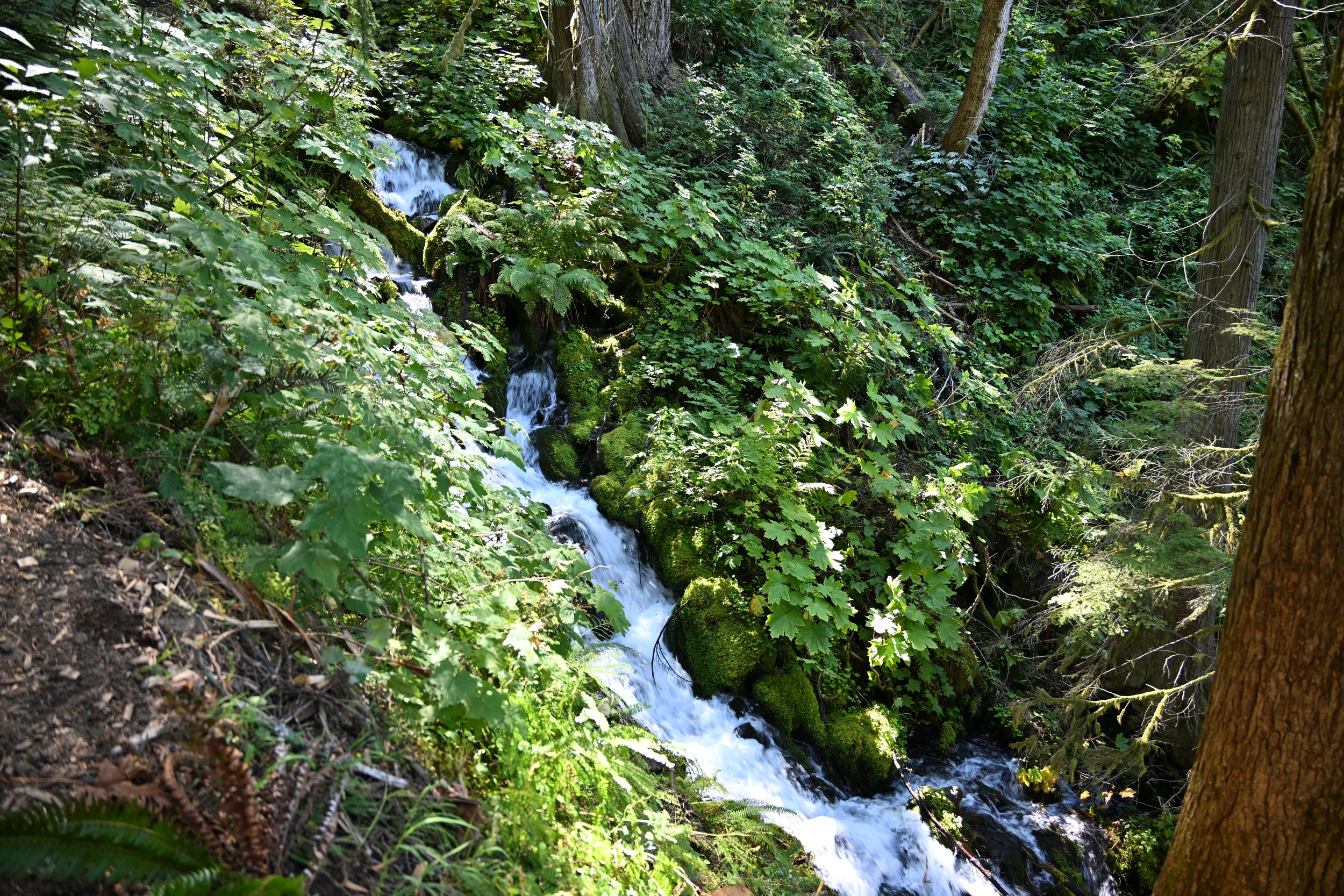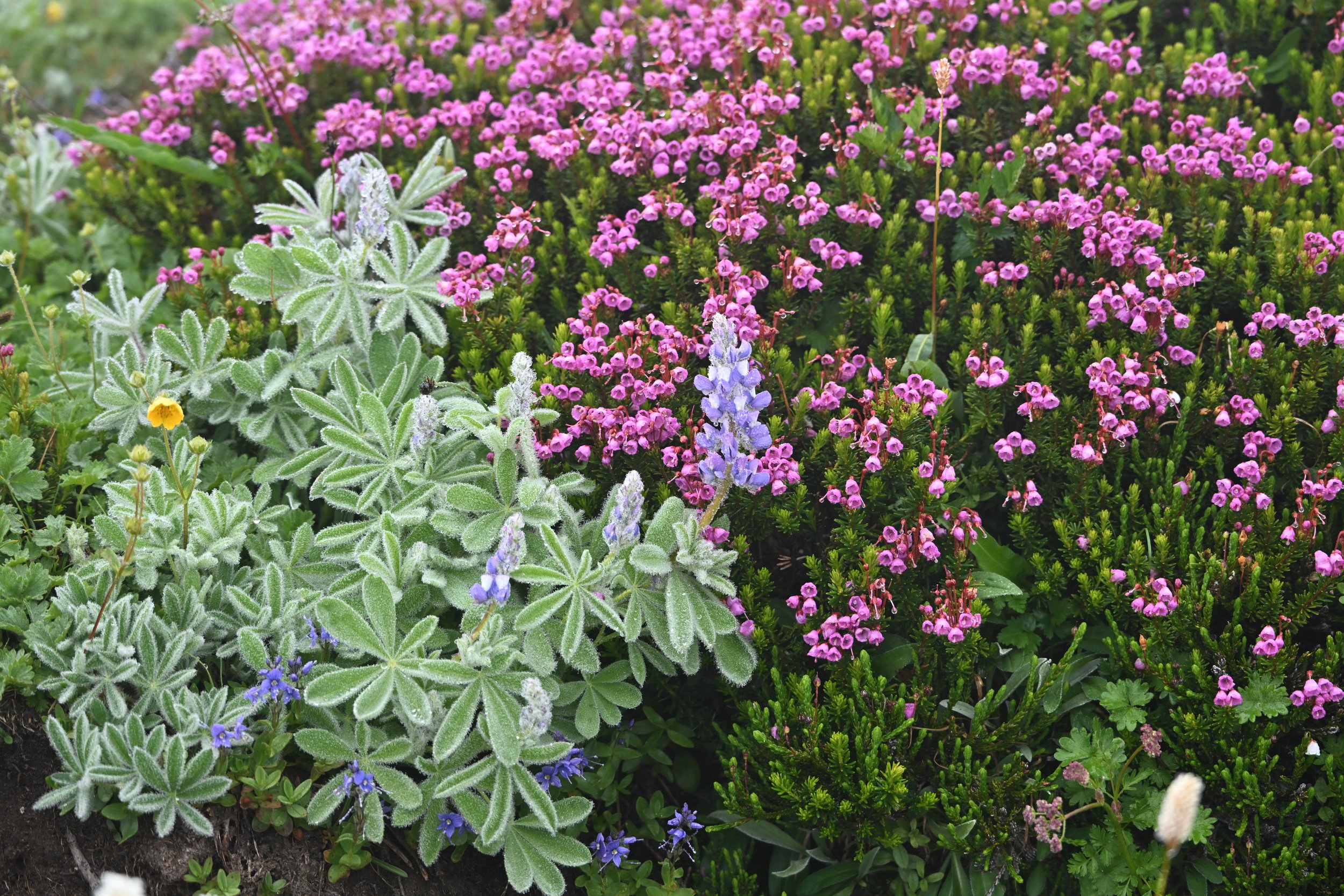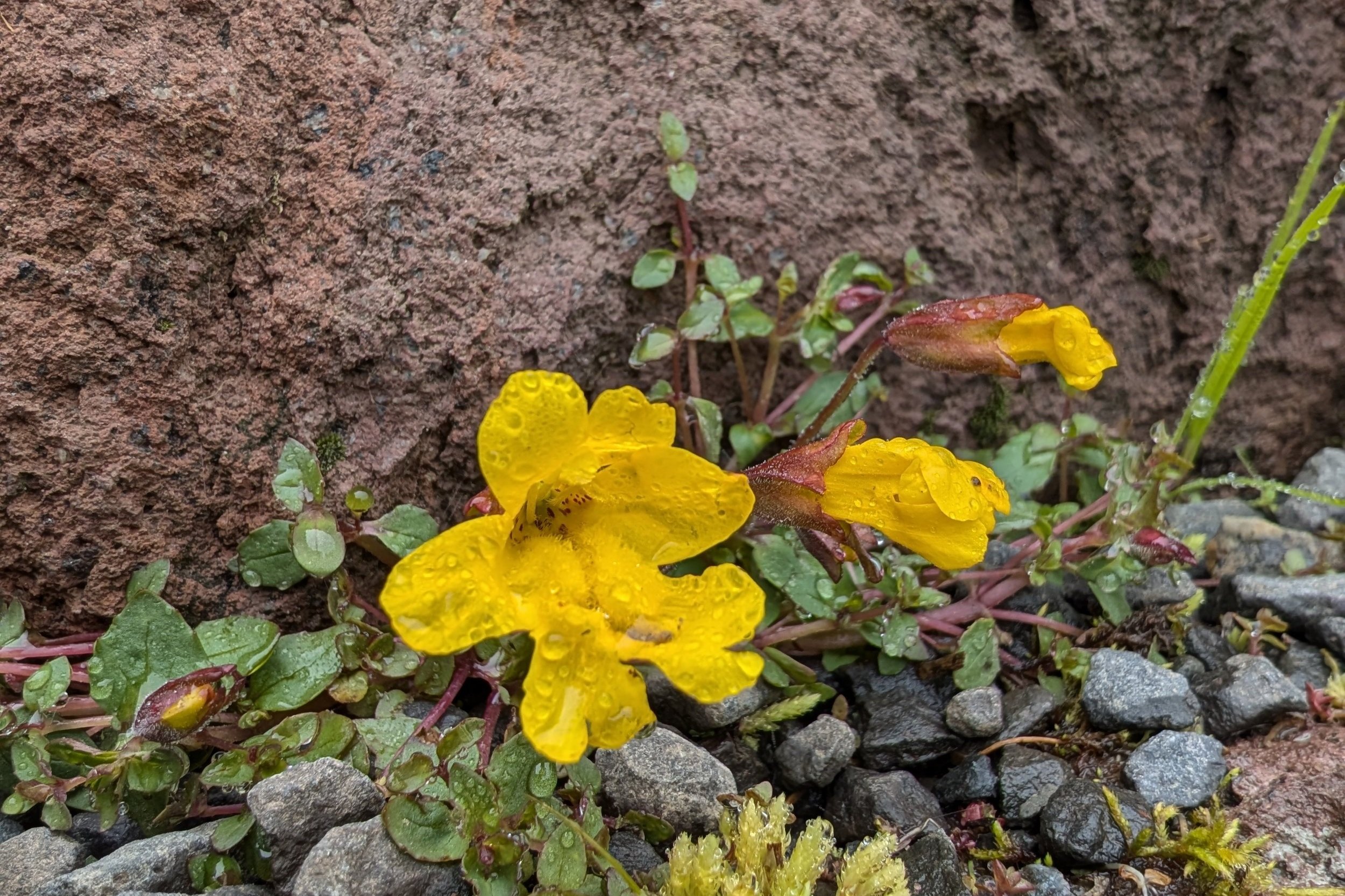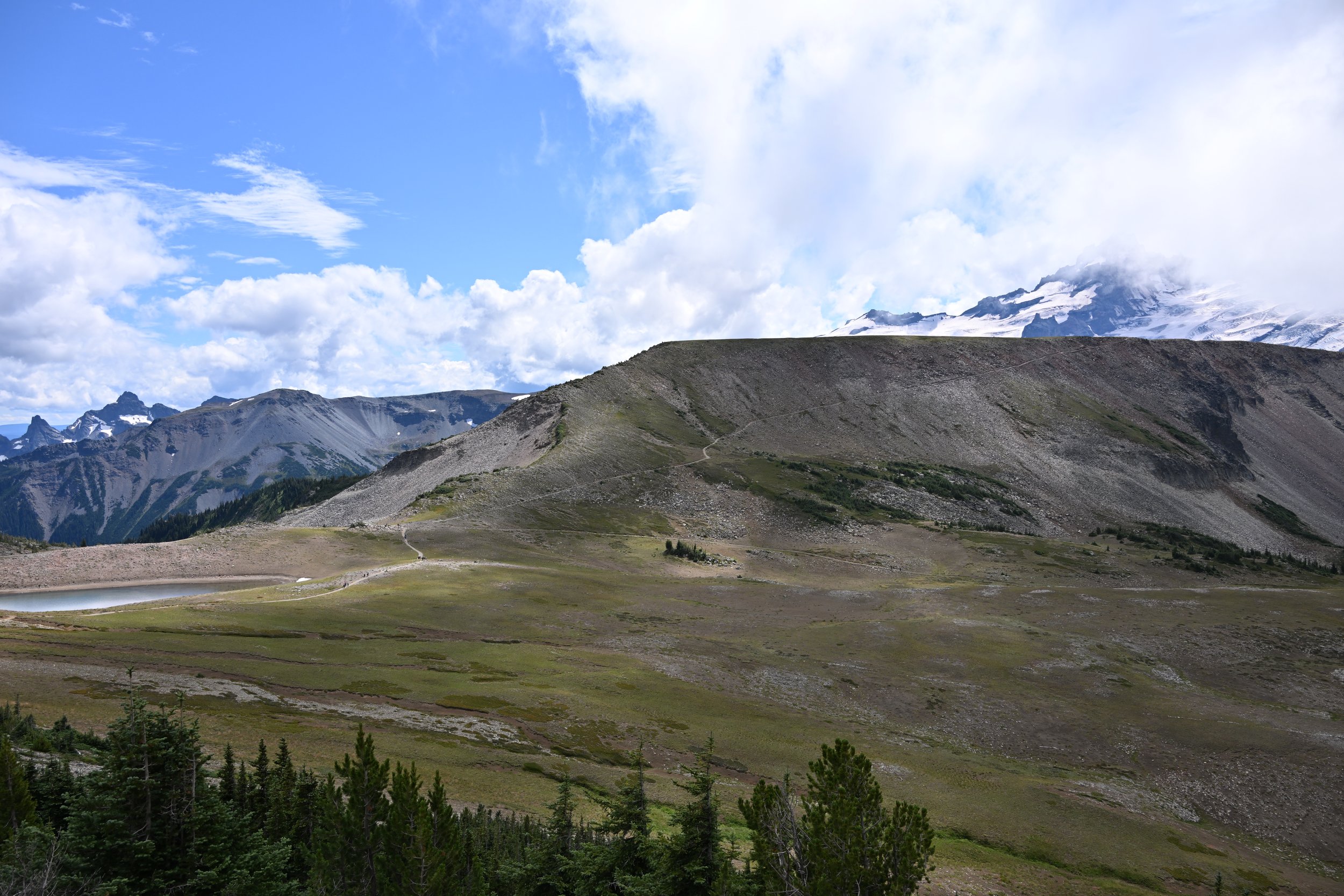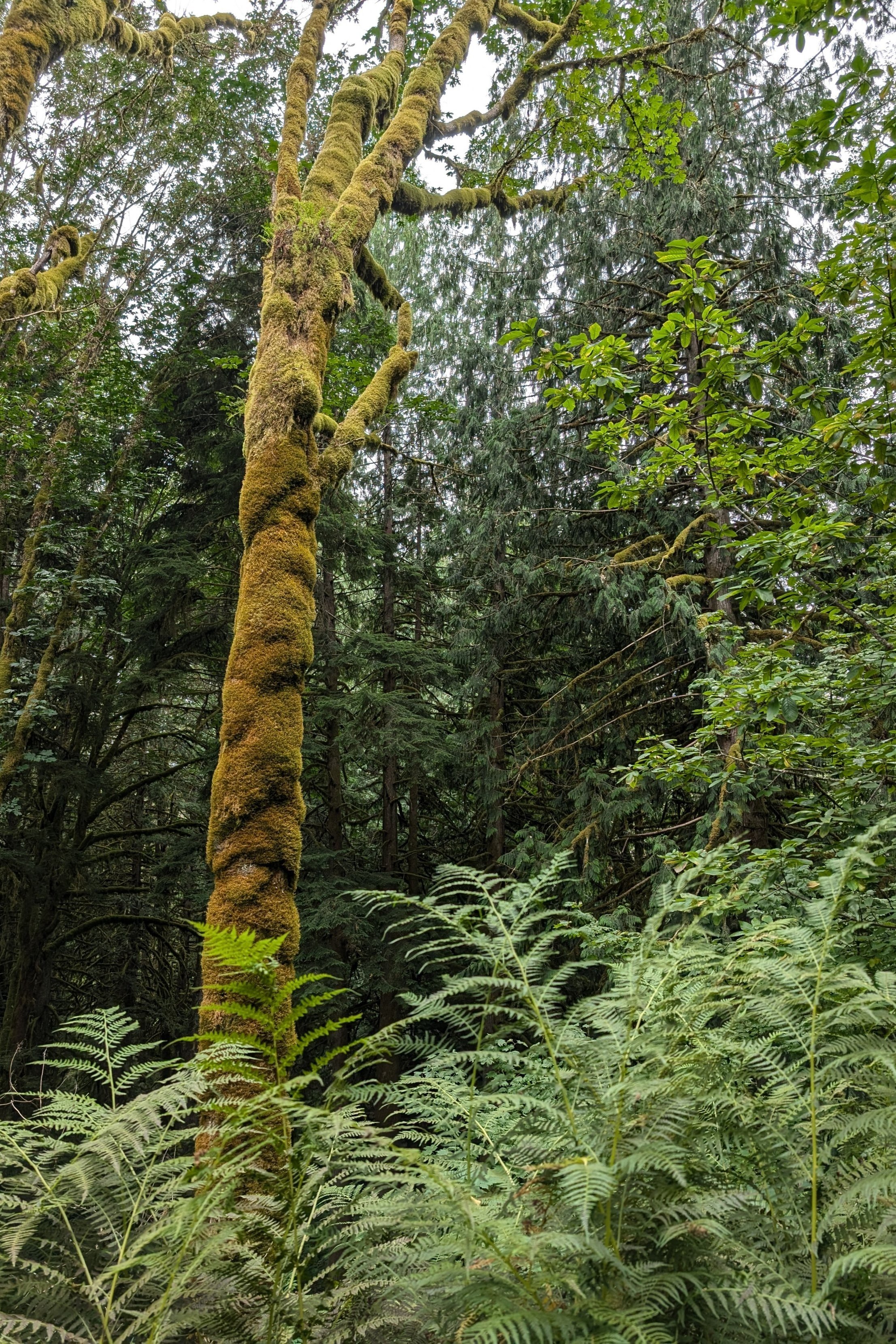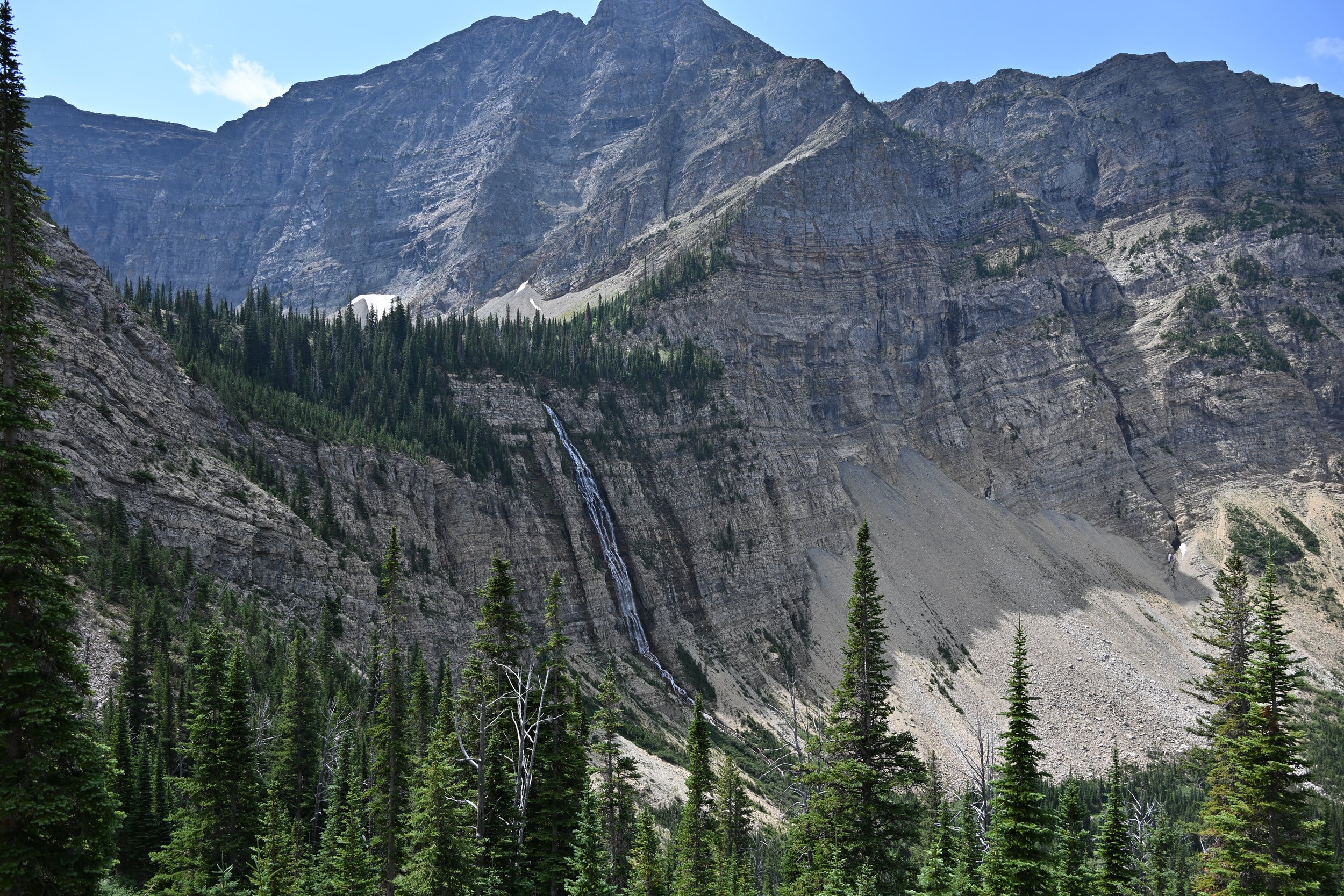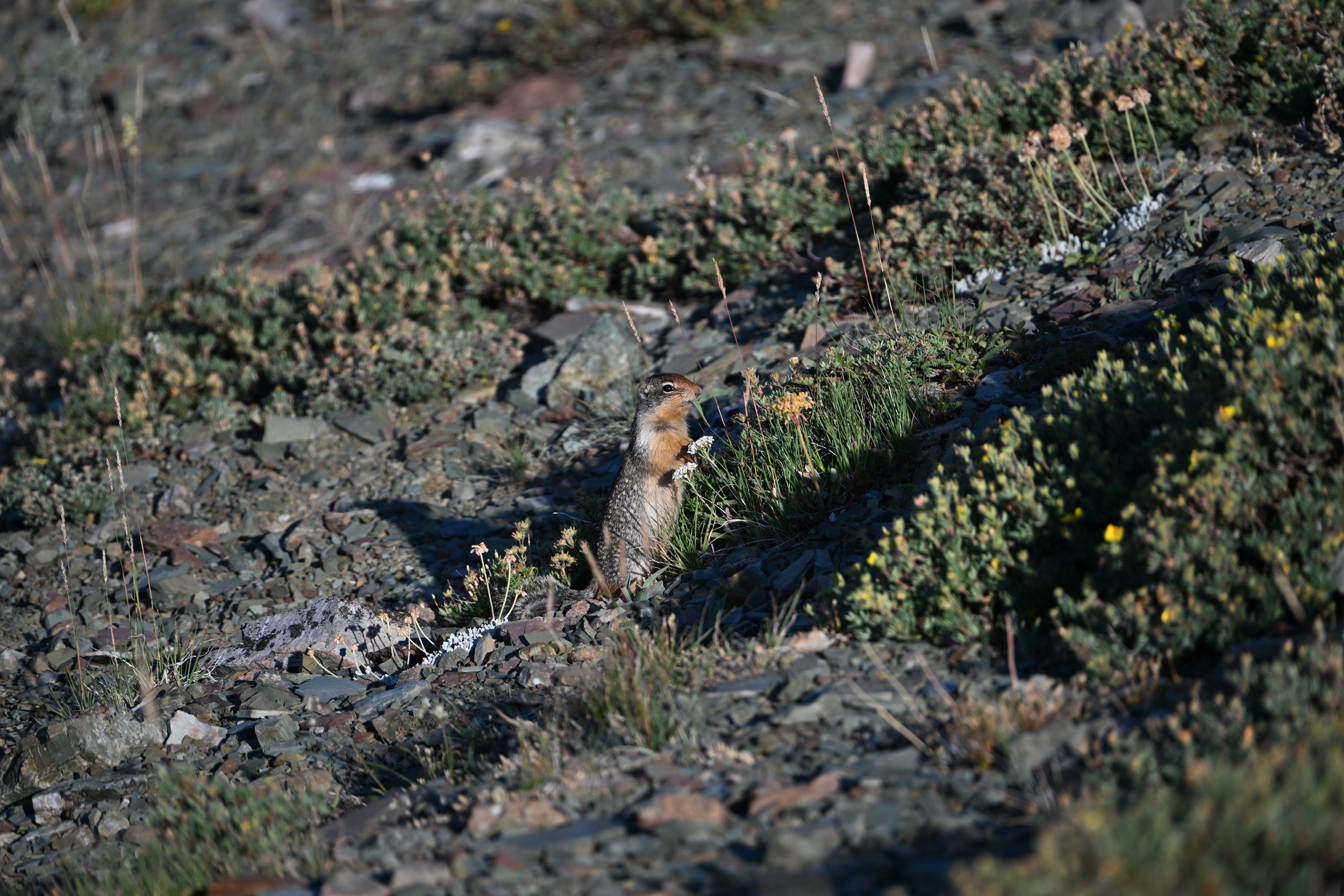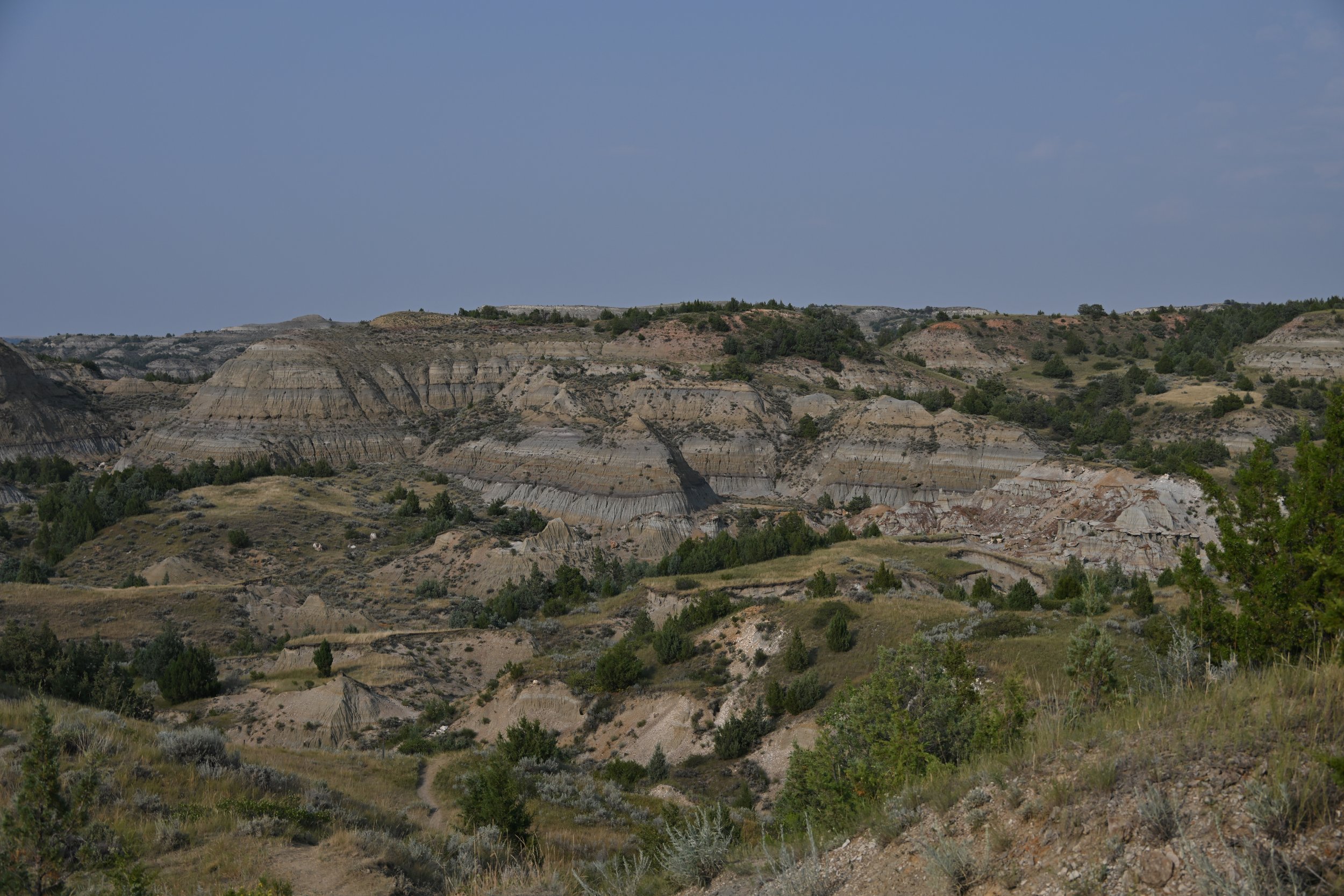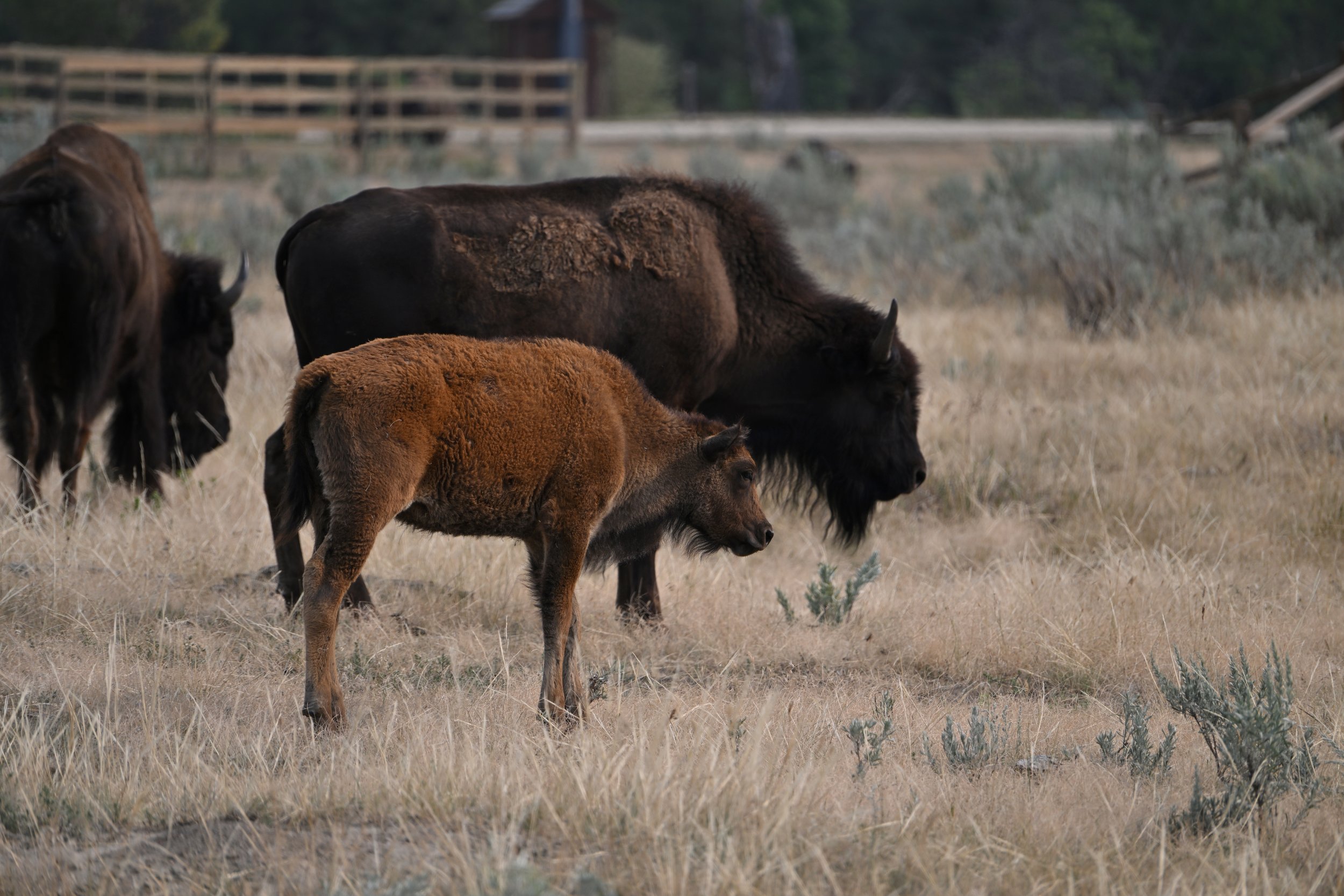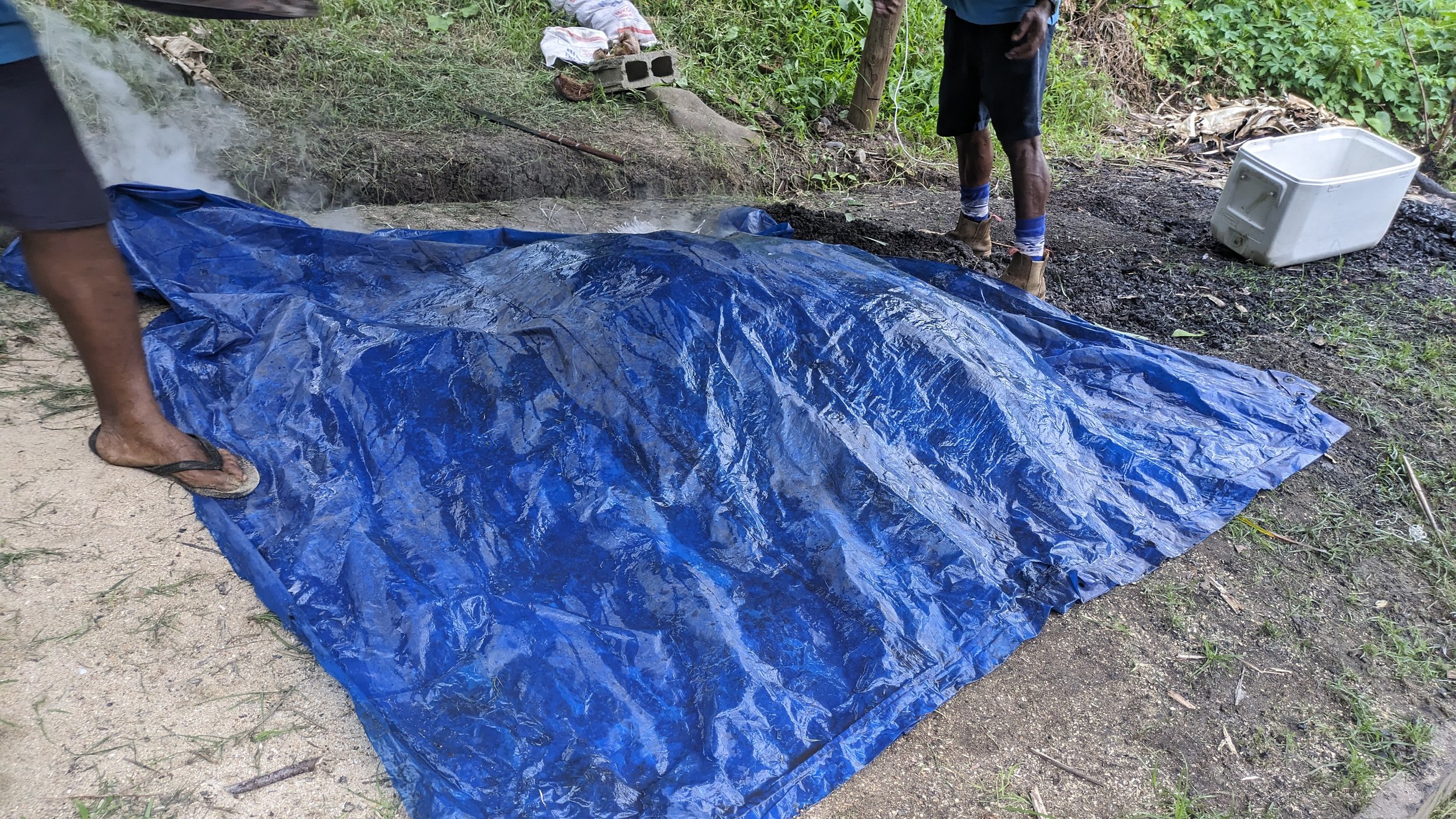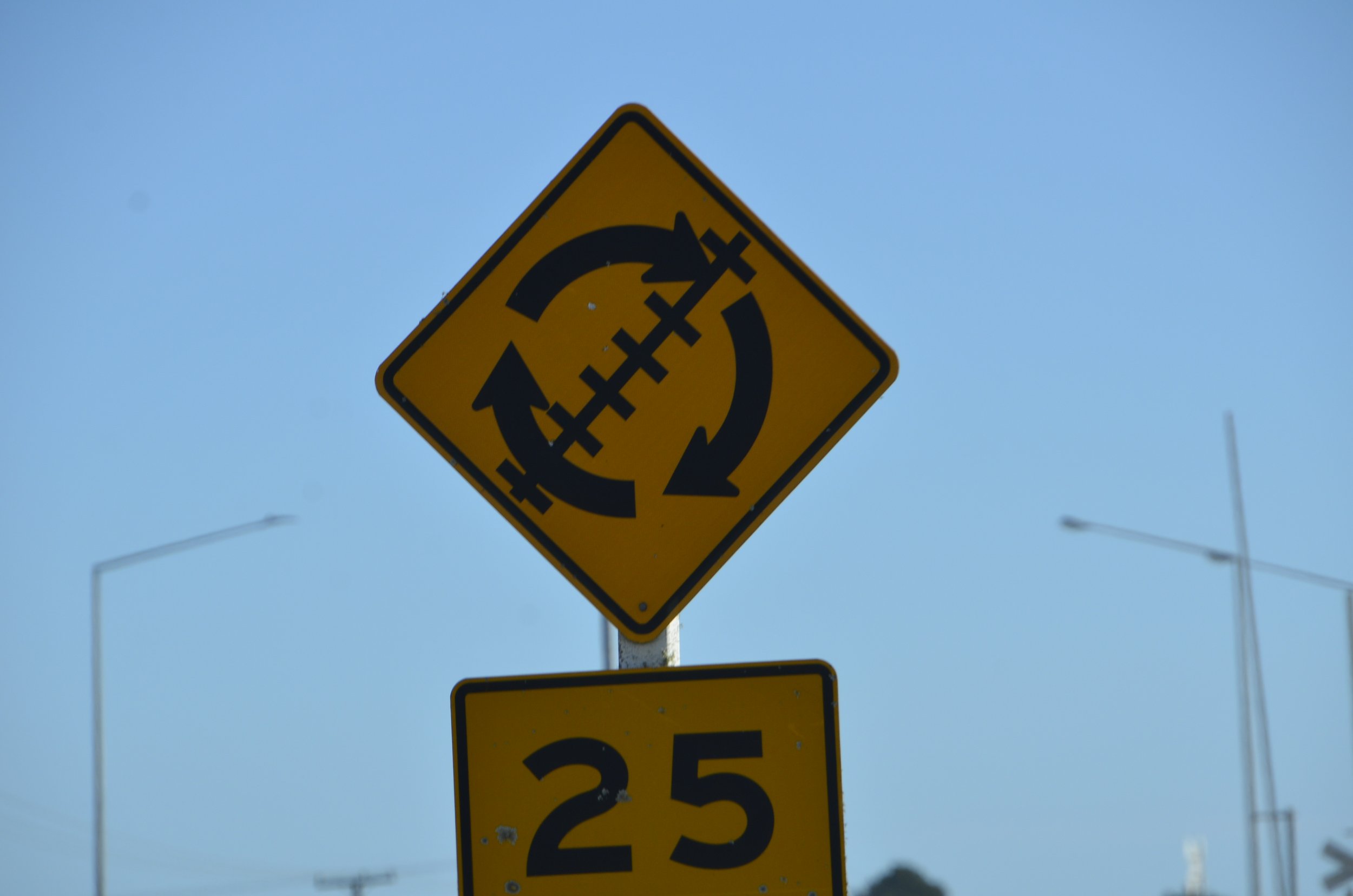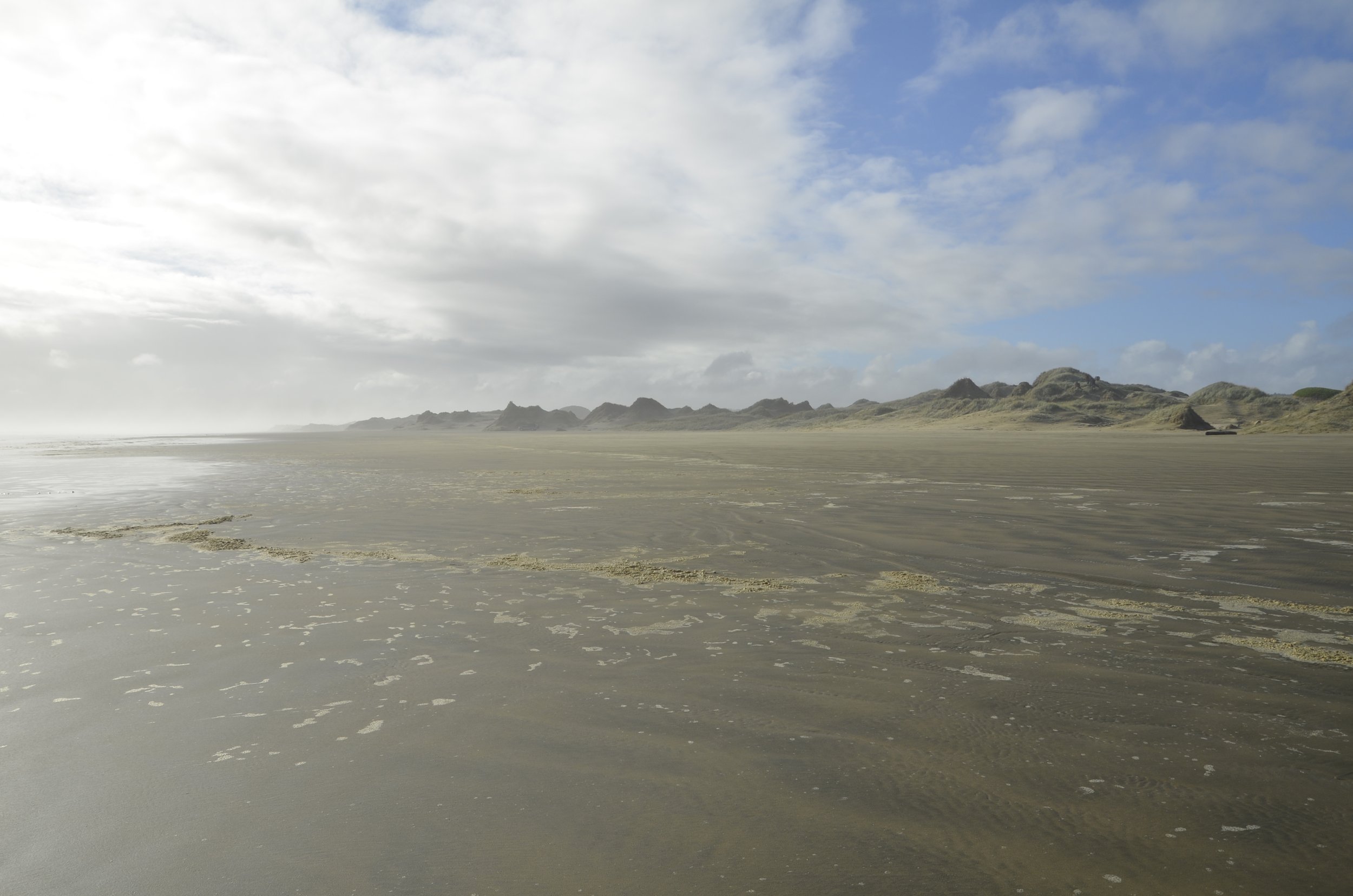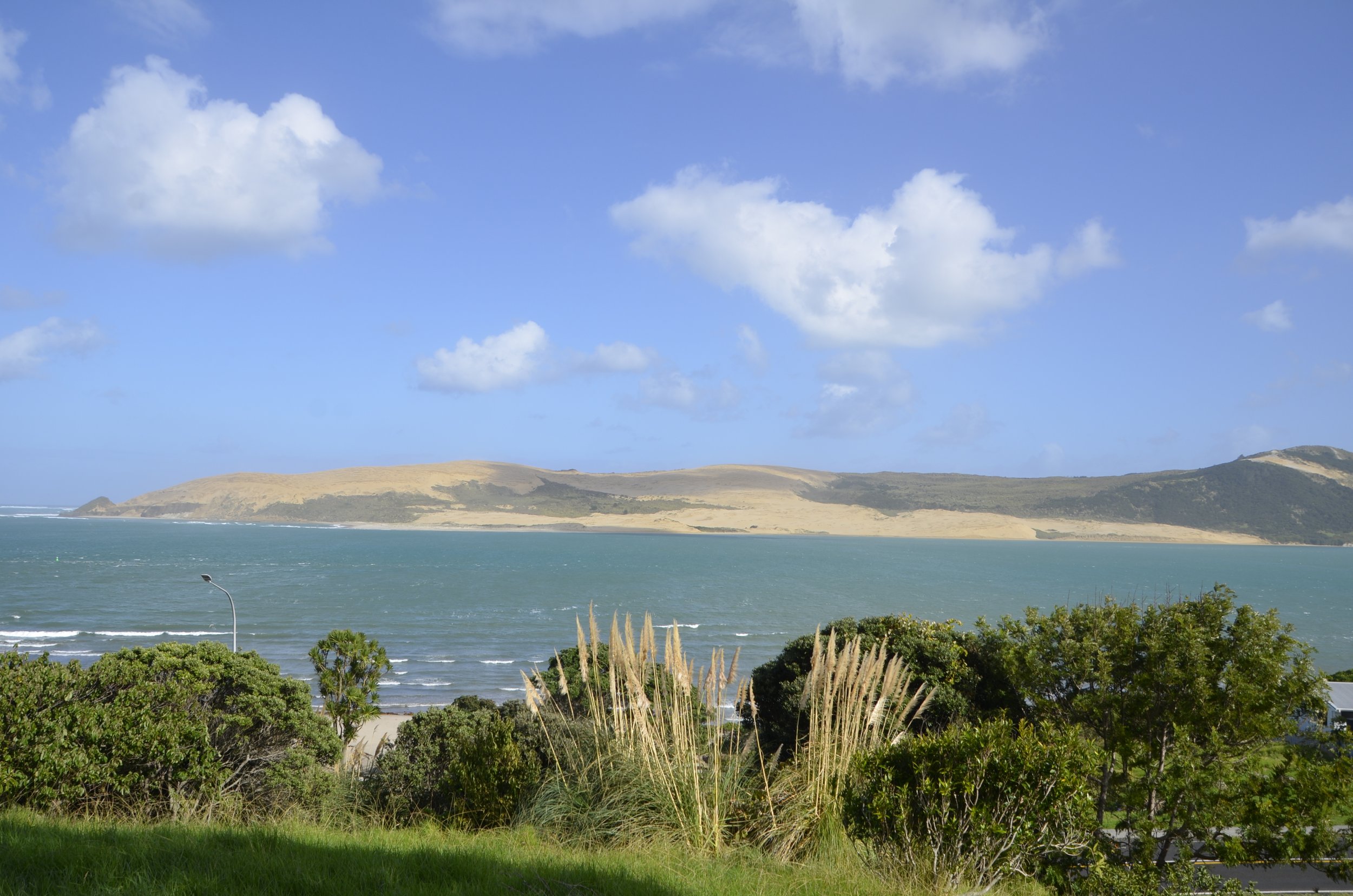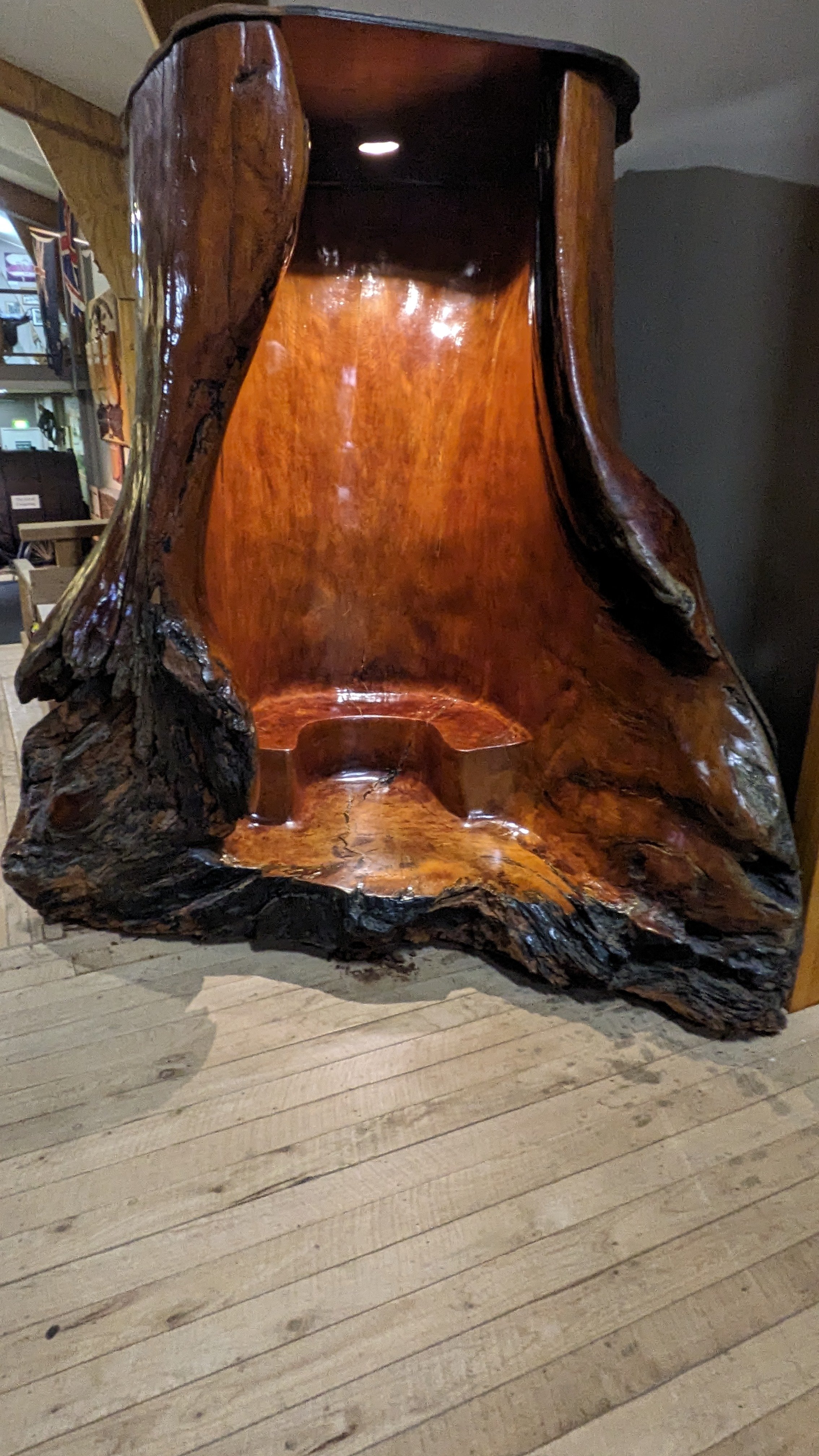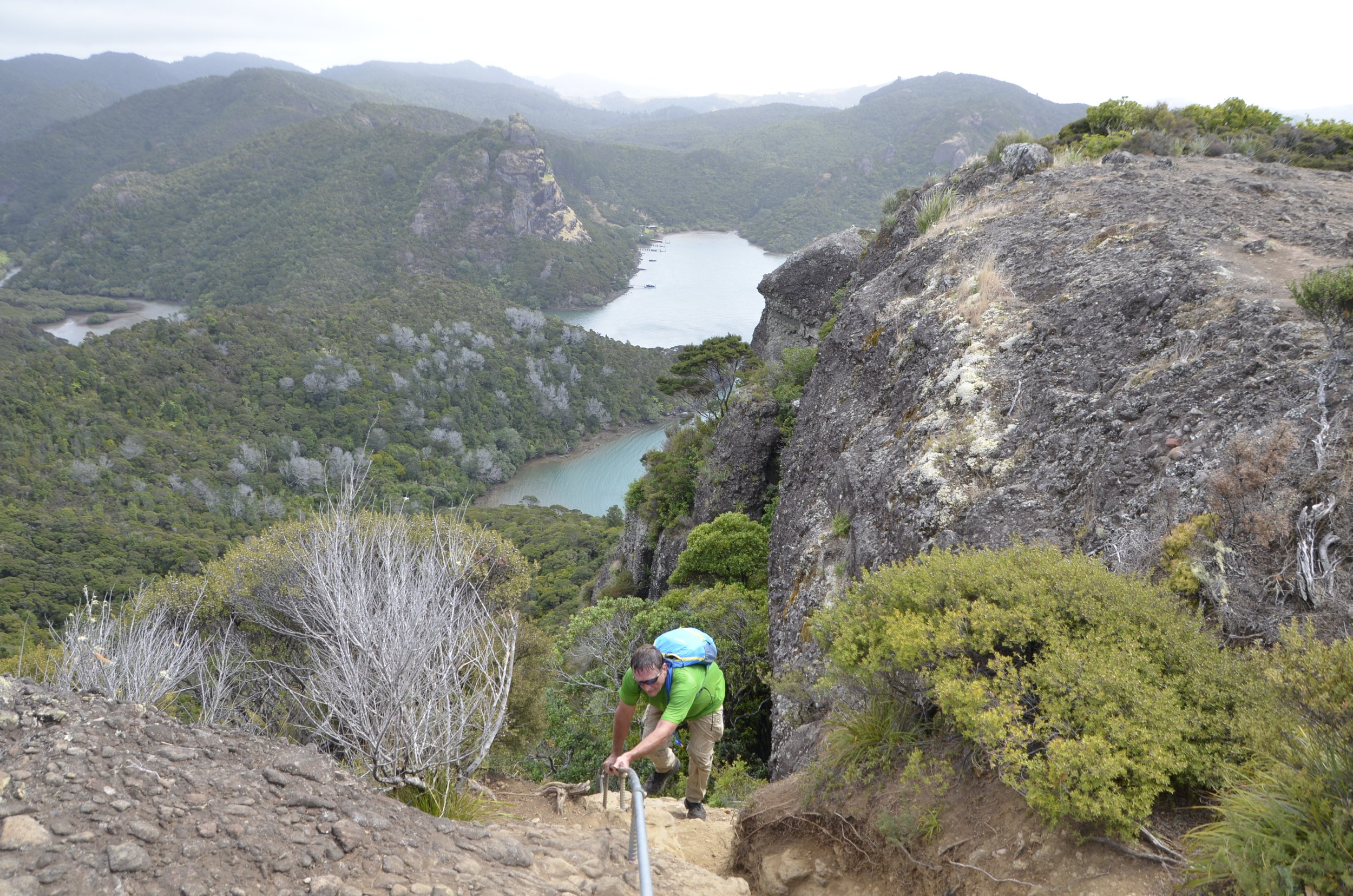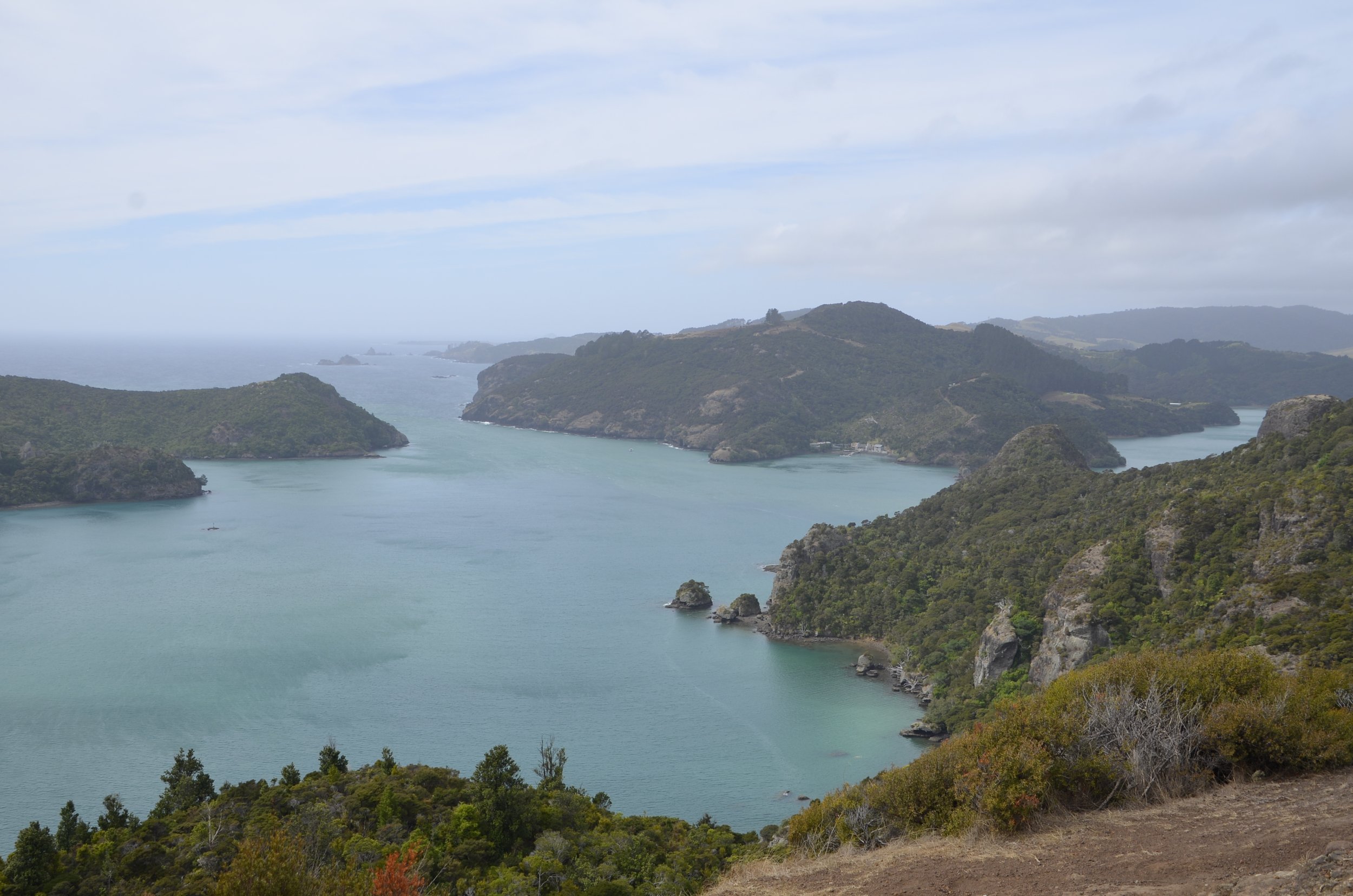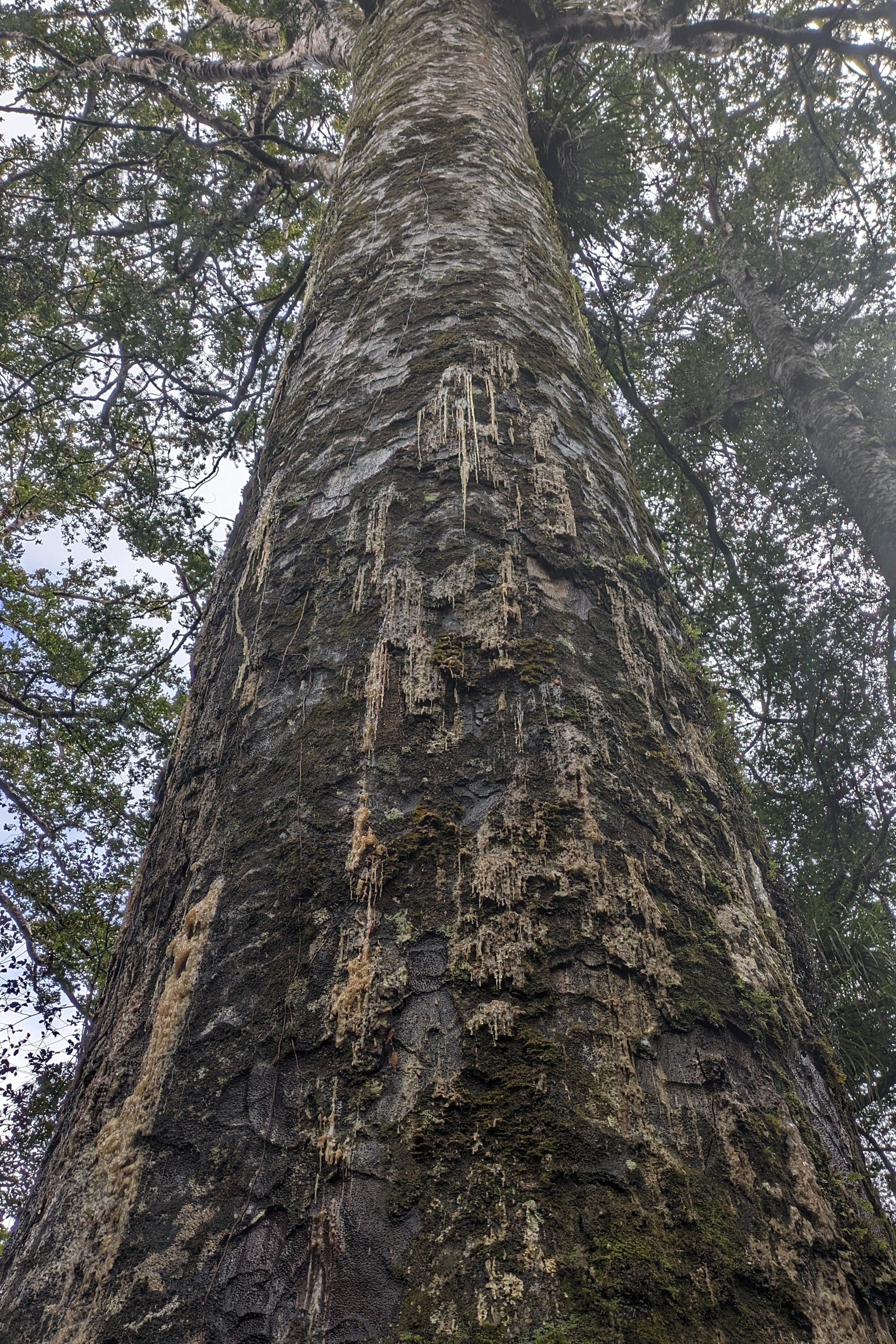The Driver Speaks!
This was our first big trip with Lisa’s car (a Mazda CX5), rather than my old Honda Fit. Bottom line, having a relatively big car is a tradeoff (duh…). Lisa was much more comfortable as a passenger, and we were both much more comfortable driving on South Dakota’s Interstates, with their 80mph speed limit! On the other hand, the difference in gas mileage was uncomfortable—especially in the Northwest and California! We ended up paying a wide range of gas prices—from $5.40 to $2.51 a gallon (but dodged the $6.00 per gallon prices in Lake Tahoe.)
We ended up driving right at 9800 Miles, with this as our route:
(Note the long, circuitous route from “E” to “F” in far north Washington; road closures due to forest fires turned the planned short driving day with a decent hike into a long driving day. Luckily, that was the worst impact that we experienced with fires on this trip.)
Our first stops were to visit our families in Missouri—and to participate in a new sport:
(Apologies to Lisa for the chain-link fence shadows!)
One generally doesn’t worry too much about the differences between Canada and the USA when traveling. But even outside of Quebec, there are reminders (other than flags and gasoline being priced per liter!) that you are in a different country. For example, in the US, Costco doesn’t accept Mastercard at its stores or gas stations, and co-issues a Visa card for members. In Canada, however, Costco doesn’t accept Visa at its stores and gas stations—and co-issues a Mastercard for its members! Luckily, there was an ATM just past the checkout lines, probably for that reason.
Lisa mentioned how much we enjoyed exploring Mt. Ranier National Park, but neglected to note that it has 28 “major glaciers,” even more than Glacier National Park. Thus, it was no surprise that hiking at altitude sometimes involved snow—even in mid-August:
The glacial melt streams were seemingly everywhere. Fortunately, the park service provides many rudimentary (but sturdy) bridges,
which were more than sufficient for the intrepid photographer:
After Olympic National Park, we revisited Astoria, Oregon, which was the first American permanent settlement west of the Rockies. It was established in 1811 as, no surprise, a fur trading outpost by John Jacob Astor’s American Fur Company. (It is also where the Lewis & Clark expedition over-wintered in 1805-06, hoping in vain to hitch a ride back home with a random ocean-going ship.) Unfortunately, we ended up strapped for time, so we still haven’t visited the Lewis & Clark site!
We also made a quick drive through Longview, Washington, on our way from Astoria to Multnomah Falls and Hood River, Oregon. This is the town in which Lisa’s parents met; but, unsurprisingly, we had no luck in finding noteworthy buildings that would have been around in that time frame! We did, however, easily remember where we were at by virtue of Washington’s unique state highway signs:
Driving through the Columbia River Valley between Washington and Oregon, we were frequently reminded of the history of the area, both with signs memorializing Lewis & Clark, and others taking us back to our sons’ one-time favorite PC game
It was nice to see the Dalles before we died of dysentery, and we were thankful that travel is far easier today than for those embarking on the Oregon Trail in the mid-nineteenth century:
Our only other major destination in Oregon was Crater Lake, which Lisa has covered in detail, albeit without this picture:
Yikes! That makes my nose look HUGE, but it is the best shot for her!
It was also in Crater Lake N.P. that we met a couple who live very near us, in our county seat of Lebanon—who were also on a big driving trip. Once again, it is amazing how small the world can seem when serendipity strikes!
As Lisa noted, we decided to take a southern route home from Lake Tahoe so as to try our luck with the daily lottery for the “Wave” and revisit Bryce Canyon National Park. After enjoying the day of following my spouse through the pinnacles and canyons of Bryce
and unfortunately confirming why we don’t buy lottery tickets, we faced the long drive home from Kanab, Utah--once we had the oil changed for the second time on the trip.
Overall, an excellent trip. We were pleasantly surprised by some of the parks, and none of them disappointed. We truly have some amazing destinations in the United States and we look forward to exploring many more in the future.




















